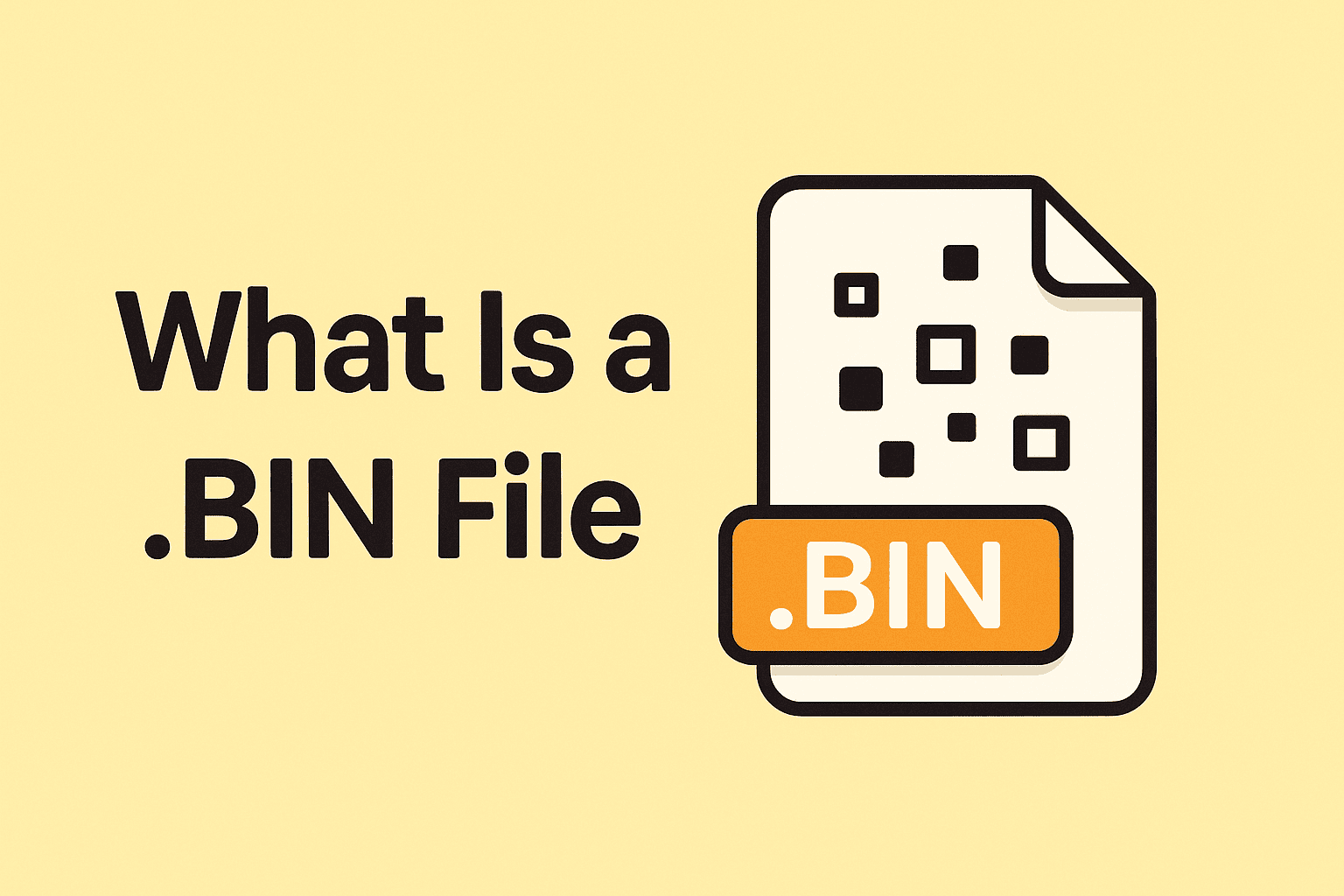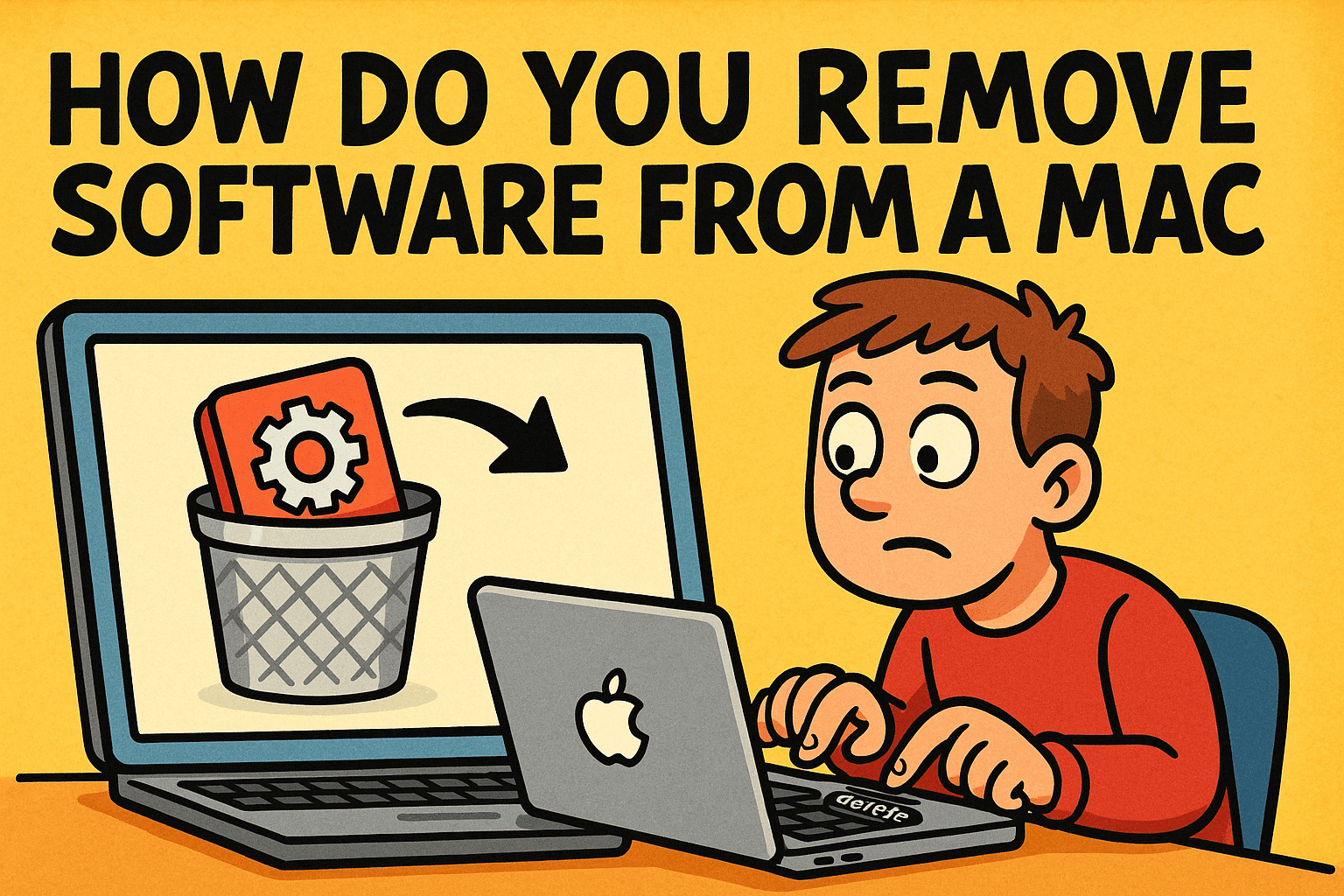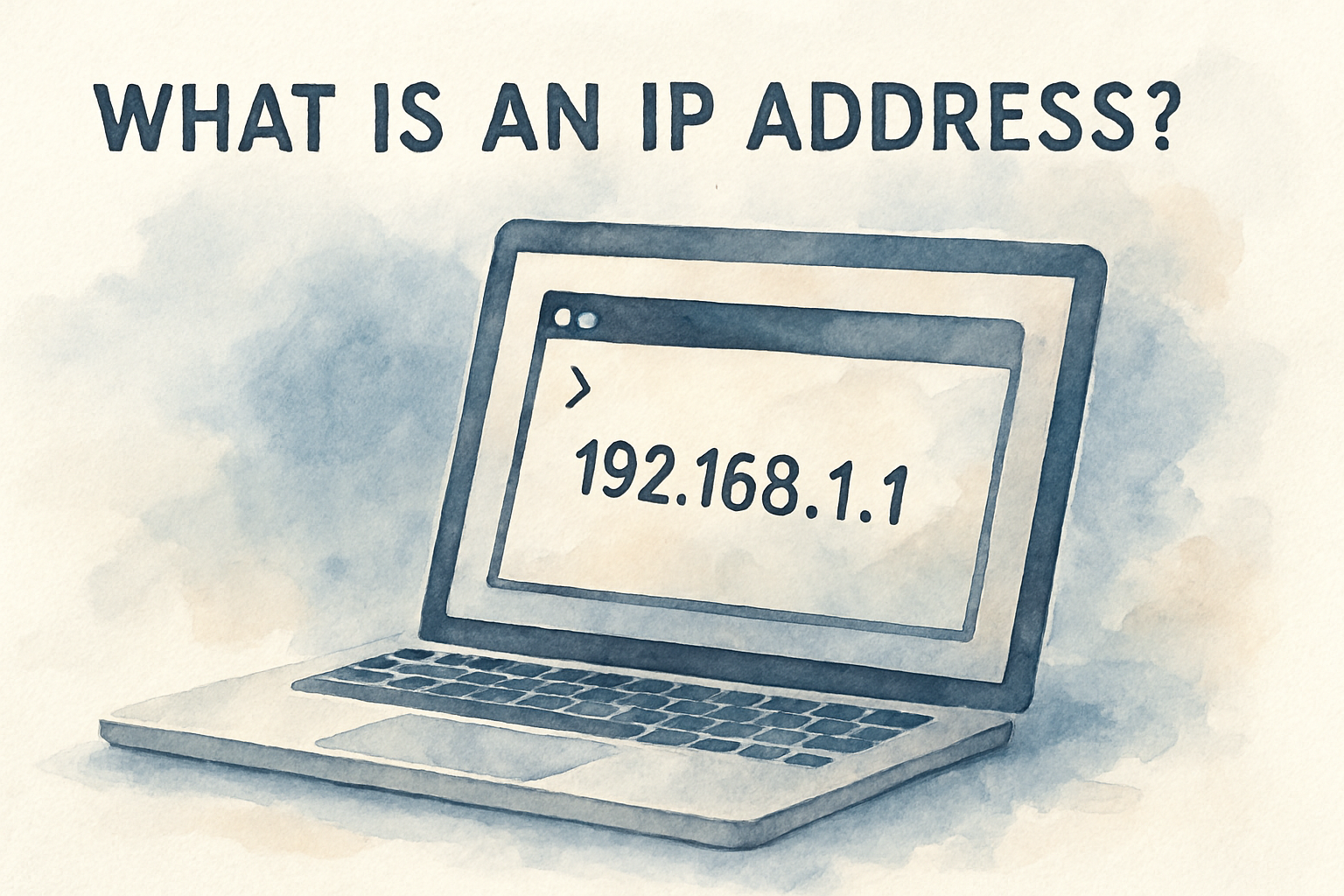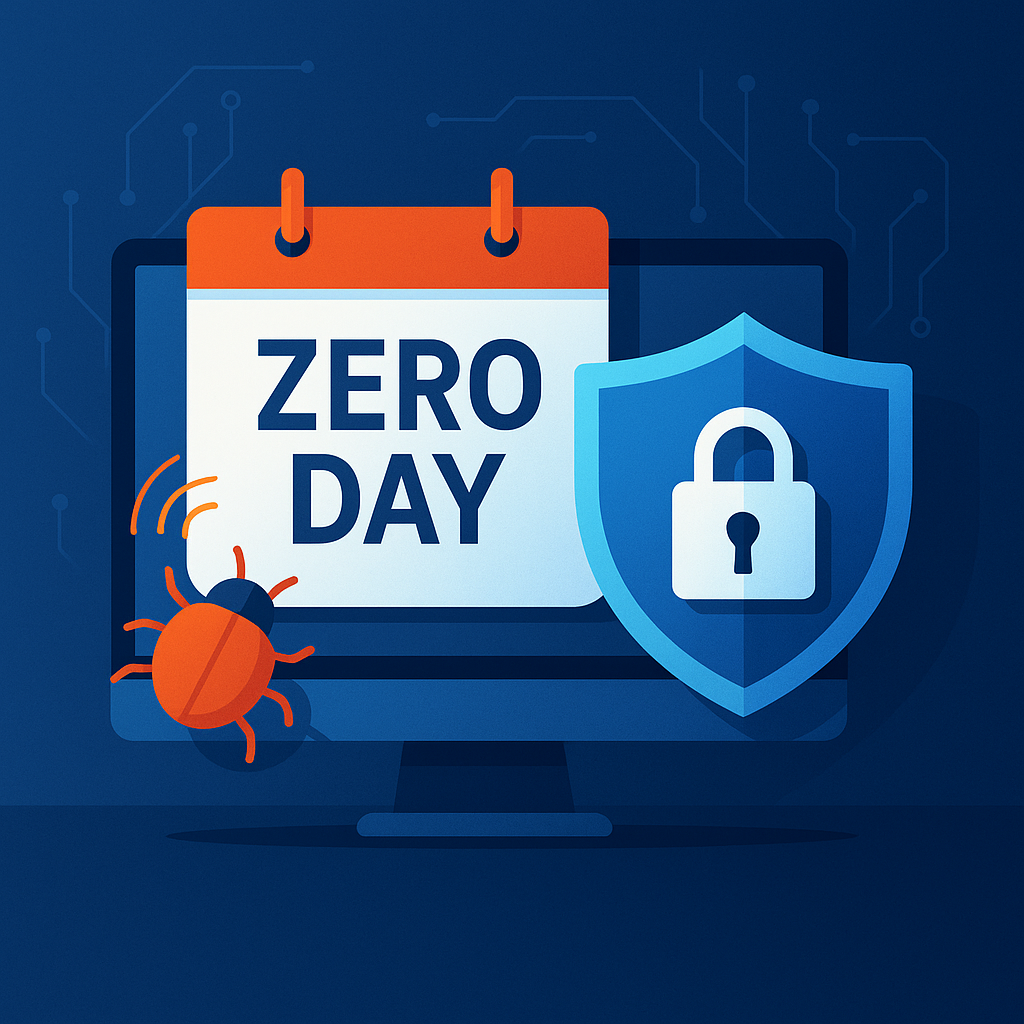What is TTY? A Complete Guide for IT and Cybersecurity Leaders
Updated on August 22, 2025, by Xcitium
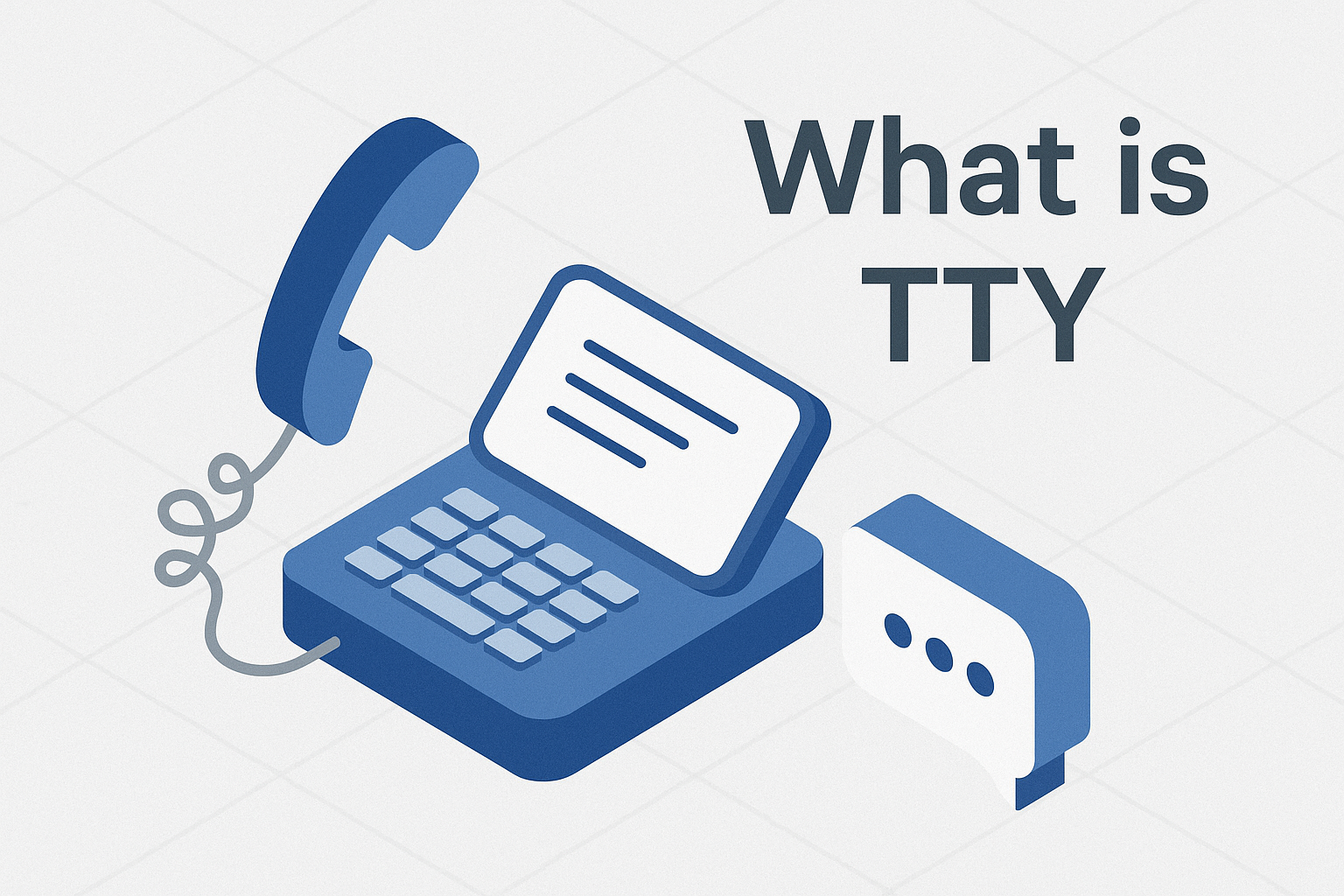
If you’ve worked with Linux or Unix-based systems, you’ve probably come across the term TTY. But what is TTY, and why is it relevant in today’s enterprise environments?
Originally short for teletypewriter, TTY has evolved from physical devices into a virtual terminal system at the heart of Linux/Unix operations. It’s essential for system administration, cybersecurity monitoring, and IT automation. Even as graphical user interfaces dominate, TTY remains a fundamental part of server management and cybersecurity practices.
In this guide, we’ll break down what TTY means, how it works, its history, its modern applications, and why executives and IT managers should still care.
What is TTY?
TTY, short for teletypewriter, was originally a physical device used for sending typed messages over communication lines. In modern computing, TTY refers to terminal interfaces that allow users to interact with operating systems.
Key Takeaways:
- Physical Roots: Early TTY devices replaced punch cards and switches.
- Modern Role: In Linux/Unix, tty refers to virtual terminals.
- Command Use: Running the tty command in a shell displays the terminal device name.
✅ In simple terms: TTY is the connection point between humans and machines.
A Brief History of TTY
Understanding what is TTY requires a look at its evolution.
- Teletypewriters (1900s): Used for telegraphy and early computer input.
- Mainframes (1960s–70s): TTY devices became input/output for computers.
- Unix Systems (1970s): Introduced tty terminals as part of its multi-user design.
- Modern Linux (Present): TTYs exist as virtual consoles and pseudo-terminals.
Types of TTY in Modern Systems
When IT managers and sysadmins talk about TTY, they’re usually referring to one of the following:
1. Virtual Consoles
- Physical keyboards and monitors tied to TTY interfaces.
- On Linux, Ctrl + Alt + F1 to F6 typically switch between them.
2. Pseudo-Terminals (PTYs)
- Software-based terminals created for remote sessions.
- Examples: SSH sessions, terminal multiplexers like tmux or screen.
3. TTY Devices in /dev/ Directory
- Each TTY session corresponds to a device file.
- Example: /dev/tty1, /dev/pts/0.
✅ These variations make TTY crucial for both local and remote administration.
The tty Command in Linux
The most basic use of TTY today is the tty command in Linux.
$ tty
/dev/pts/0
This output shows the terminal device file associated with your session.
Practical Uses:
- Identifying current session type.
- Debugging scripts that behave differently in TTY vs. non-TTY contexts.
- Enhancing cybersecurity logging by tracking which TTY session initiated a command.
Why TTY Matters in Cybersecurity
For cybersecurity professionals, what is TTY extends beyond history—it’s a tool for monitoring and securing systems.
Cybersecurity Relevance:
- User Session Tracking – Security teams track TTY logs to see who accessed which system.
- Privilege Escalation Monitoring – Attackers often exploit TTY sessions to gain root access.
- Audit Trails – TTY logs support compliance for HIPAA, PCI-DSS, and GDPR.
- Incident Response – During breaches, analyzing TTY logs helps identify attacker actions.
✅ Example: Many rootkits and malware attempt to hide TTY sessions to remain undetected.
TTY in Remote Access and IT Management
For IT managers, TTY is central to remote system administration.
- SSH Connections: Every SSH login creates a pseudo-TTY.
- Automation Scripts: Tools like Ansible detect whether sessions are TTY or not.
- Containers & Cloud: Docker and Kubernetes often require TTY flags (-t) for interactive sessions.
Example:
docker run -it ubuntu bash
Here, -t allocates a TTY for the container, enabling interactive commands.
Benefits of TTY for Enterprises
When evaluating what is TTY’s business value, several advantages emerge:
- Lightweight: No graphical interface needed, saving resources.
- Secure: Easier to lock down compared to GUIs.
- Efficient: Allows automation of administration tasks.
- Universal: Standard across Linux/Unix systems worldwide.
TTY vs GUI (Graphical User Interface)
| Feature | TTY (Terminal) | GUI (Graphical Interface) |
| Speed | Fast, lightweight | Slower, resource-intensive |
| Security | Easier to secure | Larger attack surface |
| Learning Curve | Steeper for beginners | More intuitive |
| Automation | Ideal for scripts | Limited |
✅ Best Practice: Enterprises use TTY for servers and critical systems, while GUIs are reserved for desktops and user-facing apps.
Common Use Cases for TTY
- System Administration: Managing servers without a GUI.
- Remote Troubleshooting: SSH access for IT support.
- Cybersecurity Analysis: Monitoring terminal session logs.
- Development Environments: Terminal-based workflows in devops.
- Compliance Auditing: Tracking user activity in secure industries.
Best Practices for Securing TTY Sessions
Since TTYs are critical entry points, organizations should adopt security best practices.
- Enforce Multi-Factor Authentication (MFA).
- Log and Monitor TTY Activity with SIEM tools.
- Restrict Root Access to specific TTY devices.
- Use Role-Based Access Control (RBAC).
- Educate Employees on secure shell usage.
✅ These practices protect enterprises from insider threats and external breaches.
Future of TTY in IT and Cybersecurity
Even with cloud-native platforms, TTY is not disappearing. Instead, it’s adapting to modern use cases.
- Cloud Management: TTY integrated into cloud consoles (AWS, GCP, Azure).
- DevOps Automation: TTY remains crucial for CI/CD pipelines.
- Zero-Trust Security: TTY session logging forms part of identity-based access control.
- AI-Assisted Terminals: Future systems may integrate AI to simplify TTY-based workflows.
FAQ: What is TTY?
Q1: What is TTY in Linux?
TTY in Linux refers to terminal devices—either physical consoles or virtual ones like SSH sessions.
Q2: What does the tty command do?
It prints the file name of the terminal connected to the current session.
Q3: Is TTY still used today?
Yes. It’s essential for Linux system administration, cybersecurity monitoring, and container management.
Q4: What’s the difference between TTY and PTY?
TTY is a terminal device, while PTY (pseudo-terminal) is software-based, enabling remote logins like SSH.
Q5: Why is TTY important in cybersecurity?
TTY sessions leave logs that help track user activity, detect breaches, and ensure compliance.
Conclusion: TTY as a Hidden Powerhouse of IT
So, what is TTY? It’s more than a relic of computing history—it’s a vital component of modern IT and cybersecurity. From remote administration and automation to compliance and breach detection, TTY underpins how organizations securely interact with critical systems.
For IT managers, TTY is about efficiency and control. For cybersecurity experts, it’s about visibility and defense. And for executives, TTY represents a reliable, resource-efficient way to manage enterprise infrastructure.
👉 Ready to strengthen your enterprise cybersecurity—from TTY sessions to cloud environments? Request a demo with Xcitium today and protect your systems with enterprise-grade security.







